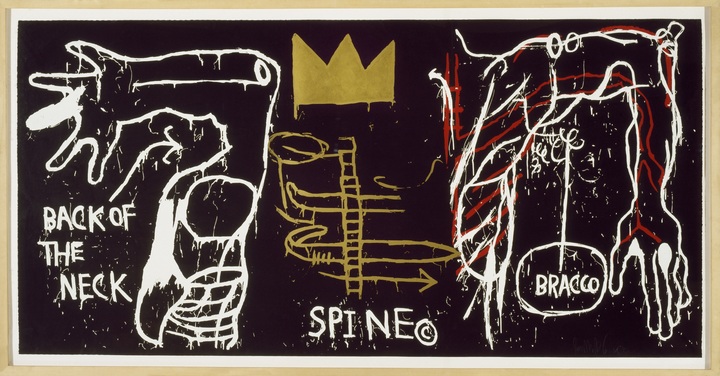These 'rage comics' tend to have been drawn hastily on microsoft paint and all have a similar but not identical visual theme. Rage comics express extreme emotions that we all experience but struggle to actually express because they are so extreme. Take a minute to look at a few of these expressions, I'm sure you can empathise with how each of them feel even though their features are over exaggerated to the point of abstraction.
 I used charcoal to sketch these 'rage faces' down. I chose charcoal because it's fast for getting your ideas down and the lines are nice and thick. If I was going to develop these (which I might) I would probably use a printing technique. I could use mono or lino printing but Greg has recommended screen printing them or maybe even animating them (inspired by Jeff Scher).
I used charcoal to sketch these 'rage faces' down. I chose charcoal because it's fast for getting your ideas down and the lines are nice and thick. If I was going to develop these (which I might) I would probably use a printing technique. I could use mono or lino printing but Greg has recommended screen printing them or maybe even animating them (inspired by Jeff Scher).Screen prints are wonderfully flat and look almost digital. I could try using a bamboo ink pen or a nice long-haired brush and a pot of black sign painter's one shot.
Each of these three materials get a great hard-edged, opaque black line but each would come out differently.
If I did an animation I think that I'd use Microsoft Paint like the originals to make each frame, one by one.
Here are a few examples of screen printing they are by: Shepard Fairey, Andy Warhol and Jean Michael Basquiat.




